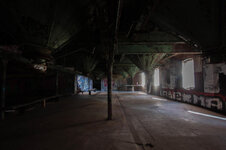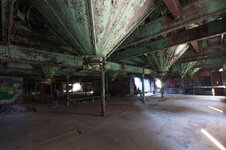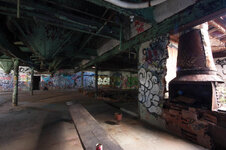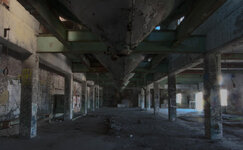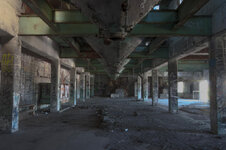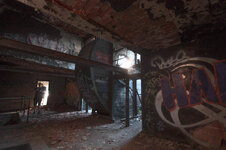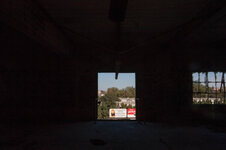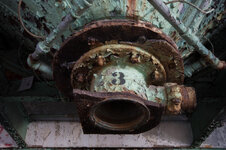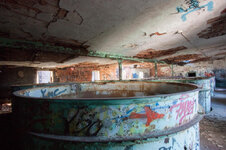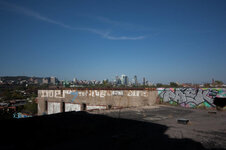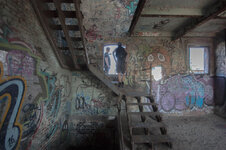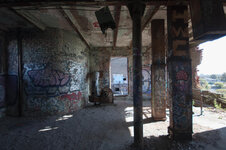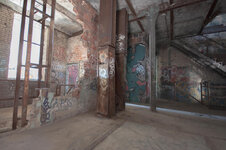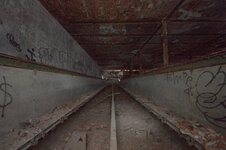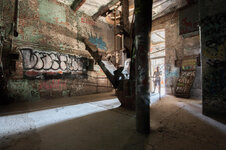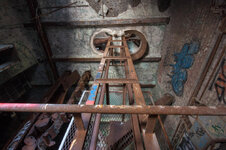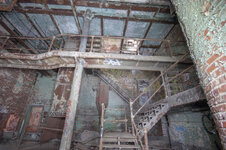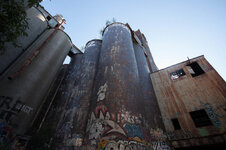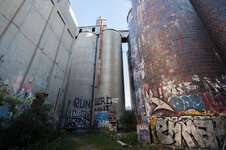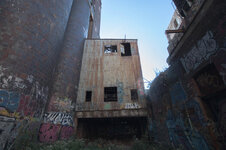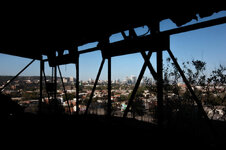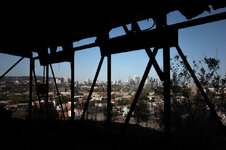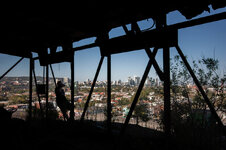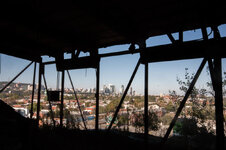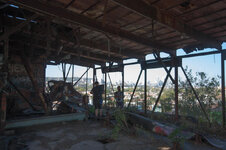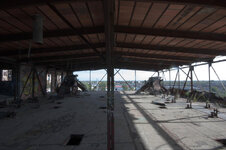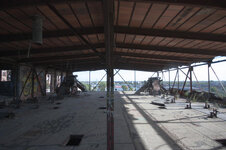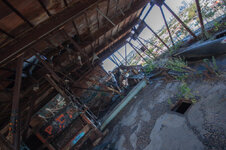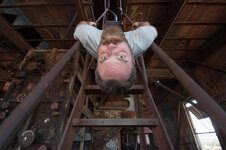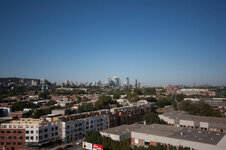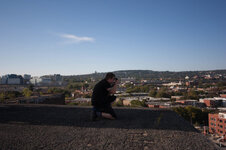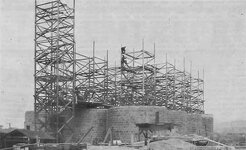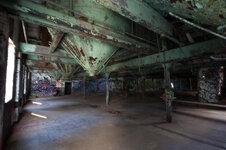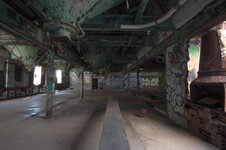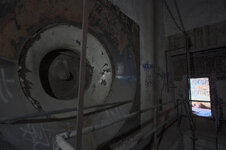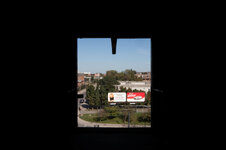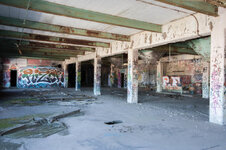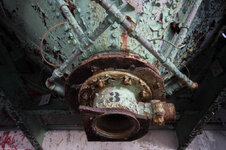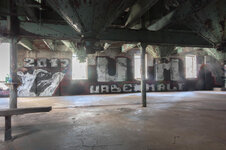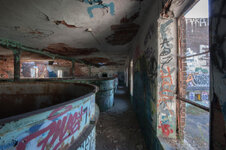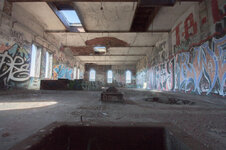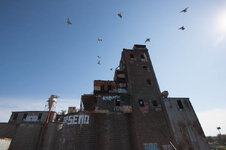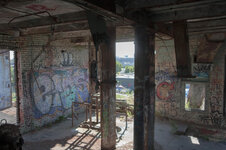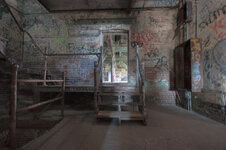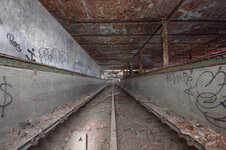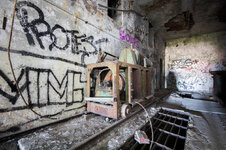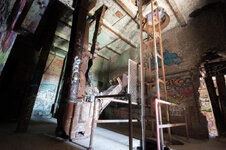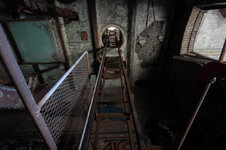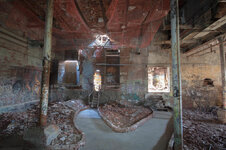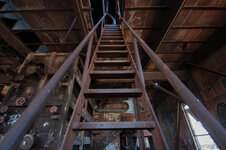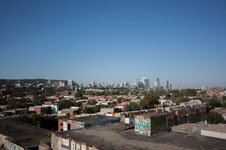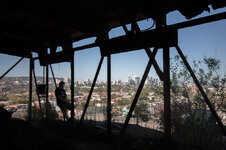History
The Canada Malting complex was designed by David Jerome Spence, and was built in 1904. On the west side of the complex there are nine violet coloured silos. They are covered in treated clay tiles that were manufactured by the Barnett and Record Co. of Minneapolis. These silos are rare examples of using this technique to cover and insulate silos. The cement silos on the other side were added in the 1940s, and were used to store the barley used to produce the malt. The barley was germinated and dried in the buildings that lined Saint-Ambroise Street. The factory had an enormous output of 250,000 pounds (110,000 kg) of malt per year, and distributed it to distilleries and breweries. The closing of the Lachine Canal in 1970 forced the company to transport its malt by train only, and around 1980, the building was actually too small and the transportation costs too high, so the company abandoned the site and moved into a new malting complex located at 205 Riverside and Mill Street, Montreal. The building was then sold for $500,000 and became a soya and corn storage facility for Quonta Holding Ltd, before it was abandoned in 1989 when Canadian National ceased its rail line service to factories in this area of the canal. The original clay silos are now protected as part of the Lachine Canal National Historic Site. They have been so battered from both the elements and vandalism, that it is no longer possible to restore them. There have been applications for it to be converted to accommodation, but all plans have been refused so far.
Since being abandoned in 1989, the factory has been covered in graffiti on the outside as well as the inside of the building.
Since being abandoned in 1989, the factory has been covered in graffiti on the outside as well as the inside of the building.
Construction of the original silos in 1903
Explore
After a little trouble getting through customs, I was here 3 hours after first stepping foot on Canadian soil. I spent my first two nights sleeping here, one helping set up, another partying.
Sadly my experience with customs was more costly than I initially thought. After guiding me to a search room, they tipped the contents of my rucksack out and my lens got damaged. £150 for the repair, and they had loads of questions regarding the contents of my luggage. *Note to self, don't take waders next time*. After an hour and a half, I was on the bus to my friend's apartment.
This place is massive. When we returned a few days later, the 4 of us spent around 4 hours in here and only covered about 3 quarters of it. Sadly, I can see this lasting just a couple of years more before it gets knocked down, or it goes down of it's own accord. While on the rooftop we looked at the façade of the main building, and the wall is coming away at the corners.
The local explorers have done an admirable job making this their own. They've cleared areas for social events, clear walkways for people to get around safely and have added features, like a wood burner and a bar.
Considering I usually prefer underground stuff, I really enjoyed this place. The rooftop is among the best I've seen, it looks over downtown Montreal and Mont Royal. This is somewhere I would return to.
Considering I usually prefer underground stuff, I really enjoyed this place. The rooftop is among the best I've seen, it looks over downtown Montreal and Mont Royal. This is somewhere I would return to.
(1)
(2)
(3)
(4)
(5)
(6)
(7)
(8)
(9)
(10)
(11)
(12)
(13)
(14)
(15)
(16)
(17)
(18)
(19)
(20)
Cheers for Looking
